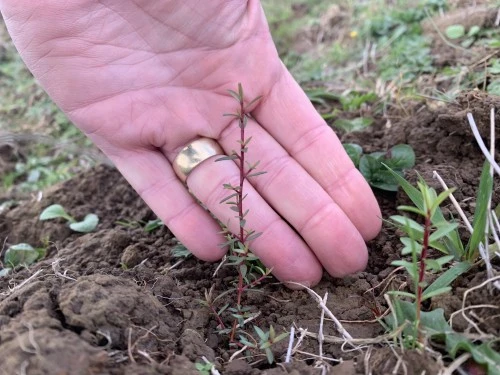After almost six years of relentless planning and effort, Meridian’s Forever Forests programme is now nearing the end of establishment planting.
So far more than 800 hectares – roughly seven times the size of Christchurch’s Hagley Park - have been planted and seeded across 14 projects throughout Aotearoa New Zealand.
“We are literally pulling carbon out of the atmosphere with everything we're doing,” says Mark Harris, one of Meridian’s Renewable Development Programme Managers.
“Planting forests is one of the ways we can deal with climate change. The fact that we're maintaining a direct relationship with the atmosphere is really key and it fits squarely with our ethos as a company.”
Working in tandem with emission reduction efforts, the programme’s goal is to supply 15,000 carbon credits tonnes of carbon from 2030 onwards to help offset any residual emissions. Already 480 hectares have been registered in the Emissions Trading Scheme and are producing the desired carbon credits.
A major area of focus for spring 2025 will be near Ngapara in North Otago, where a mixed forest of exotics and natives is being established over roughly 100 hectares – about 200 rugby fields.
“We’ve gone for mixed model forestry, transitioning to natives, because in most parts of the country, exotics grow quicker and can therefore sequester carbon quicker,” says Mark. “You get your carbon engine started quickly with the exotics. After 10-15 years, you start to take out exotics and put in more natives, with the harvest revenue from the exotics funding the extra natives.”
